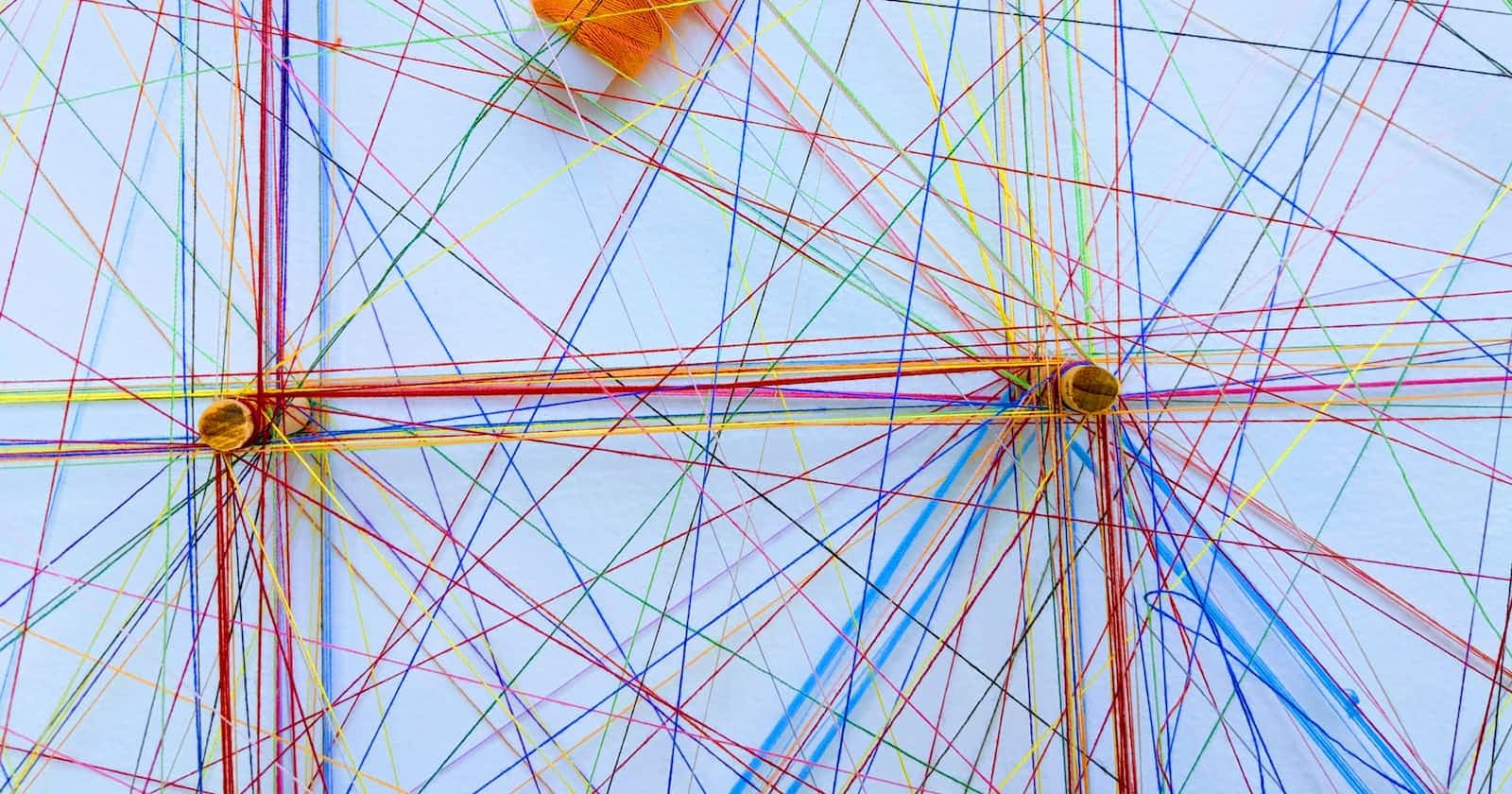
Connecting the Dots: The Inner Workings of the Internet!
Deep dive into the basics of how the Internet Works?
What is Internet?
Internet is a global network of billions of computer and other electronic devices. It is because of the Internet we are able to connect with our friends, family or any other person all around the world and gain access to almost any information. When someone says a computer is online , it's another way of saying it's connected to the Internet.

How does the Internet Works?
Now, you might be thinking, I know what the Internet is, but how does it actually work? The precise answer is a bit intricate. It operates on a set of special rules and methods, such as TCP/IP, HTTP, and DNS. These protocols enable devices to communicate with each other.

Don't worry about the complexity! The Internet is like a giant web of cables, reaching across the globe, even under the oceans. Everything, including Wi-Fi, is connected through these cables, making the world wide web possible.
Internet infrastructure
Domain name are the key component of the Internet Infrastructure!
Let's say a customer comes to your store and asks address of your site.
Customer: Hey, do you have a website I can visit?
You: Absolutely! Our website is as easy to remember as it gets: 142.250.200.14
Customer: Umm, sure thanks!

Think of domain names as the friendly faces of the internet. Without them, we'd have to remember computer IP addresses, like trying to recall phone numbers. Plus, these numbers might change over time if you don't pay extra for a static IP.
Domain Names are basically made up of two things :
TLD (Top Level Domain)
SLD (Sub Level Domain)
So if you take an example of a site like divvsaxena.com , here divvsaxena is the top level domain and .com is the sub level domain. Anything that comes before top level domain is considered as subdomain.
Ever wondered how this domain becomes an IP address ?
Well, that's the job of DNS (Domain Name System). Want to learn more? Stay tuned for my next blog! If you found this helpful, share it with others. Follow me for more interesting stuff.
Connect with me on Twitter Linkedln GitHub!
Thank you for Reading :)

